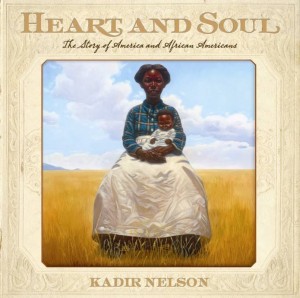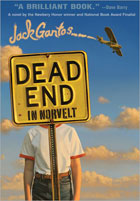Chapter 2 - Creating the Little House
This chapter starts with Rose's return to Rocky Ridge Farm in 1928. Having spent time in her beloved Albania, she returned to help Laura with her writing, but also to recover from how the political landscape was changing Albania. As a freelance writer, Rose struggled with having to churn out story after story to make a living. Unlike her mother, who had many story ideas, Rose had difficulty coming up with ideas. It appears at this time, she was trying to start over. She wanted to build up her financial reserves so that when she was ready to leave the farm again, she would be free to do it.
Lane put herself into debt to build the English-style stone cottage for her parents to live in--despite Laura's lack of enthusiasm for the idea. The author claims Rose felt, no matter how much she did for her mother, it was never enough. It mentions a recurring dream Laura had about traveling a frightening road in a dark wood, which she interpreted as anxiety about money. According to the author, Laura's fear of doing without affected her relationship with her daughter.
When Lane's investments failed in 1931, her travel plans were thwarted. During the Depression, Laura opted to use her savings to pay off the mortgage on Rocky Ridge, but that also meant the Wilders had no money to retire. Lane resented having to churn out articles and stories to make a living. Neither Laura or Rose saw writing as a way out of their plight. Laura wrote
Pioneer Girl during this time. Notations on the manuscript, according to Fellman, indicate Laura expected Rose to edit and embellish the work.
Little House, Long Shadow then goes on to talk about how
Pioneer Girl was rejected, but the Wisconsin years turned into a children's book titled, "When Grandma Was A Little Girl," which was accepted for publication by Knopf. This would be picked up by Harper and Brothers after Knopf closed its children's division, and was published in the spring of 1932 as
Little House in the Big Woods. Originally thrilled by the book's success, Rose watched her mother achieve public recognition while she was being forgotten by friends, which was hard for her.
Fellman shares much of what we already know about the writing of the books and the difficult relationship between Rose and her mother. It also talks about some of Laura's articles for the
Missouri Ruralist on the topic of mother-and-child relations. While Laura didn't believe in whippings, she also didn't believe in displays of affection. By the end of the 19th century, female advice authors, however, would be talking about how a child must in every way be made happy. Rose seems to have accepted this new idea of love and emotional support easier than her mother. The book also talks about how even though Lane wished her mother could go it alone on her books, Rose couldn't pull away, and Laura may not have been confident enough to let her.
Rose completed
Let the Hurricane Roar late in 1931. It covered much of the same ground as
On the Banks of Plum Creek, but showed Lane's feelings of isolation and her idea that people are pretty much on their own. Not only was this a story about individual courage, it was about the current economic depression: how life is never easy and "our great asset is the valor of the American spirit." Laura, of course, resented Rose using this material without permission, and Rose was crushed by her mother's lack of support.
The book takes a look at how the country is changing at this time. The children's book,
The Little Engine That Could, was released in 1930, and illustrated the can do spirit of the Hoover administration. The Wilders had been Democrats for many years, but they didn't like the shift in philosophy that came about with the New Deal. Lane became angry over government farm-relief programs that implied individuals were incapable of handling setbacks on their own. The Wilders couldn't fathom the idea of cutting down so-called crop surpluses. Fellman also mentions how Mansfield was affected by the Depression, and that the town had been struggling even before the crash.
My thoughts:
Why would you build your parents a house and go into debt doing it if they never seemed to want it in the first place? They seemed quite happy in the home Almanzo built. Once Rose left, they moved right back into it.
Why did Laura's success impact Rose in such a way? Was it because Rose struggled to come up with ideas while her mother had plenty of them? Was it just her nature?
Is it any wonder Laura was upset with Rose over her alleged use of material she planned to use in her children's series? Especially since she didn't ask first.
The Wilders' concern over a shift in political philosophy makes me think of when Ronald Reagan claimed he didn't leave the Democratic party, it left him. As ideology shifted, the Wilders couldn't relate to this desire to have the government step in and assist. No matter how you lean politically, I think we can all relate to how that might happen if a party you believed in started promoting something that went against your grain.
You'll find Part One of this discussion
here.























.JPG)















